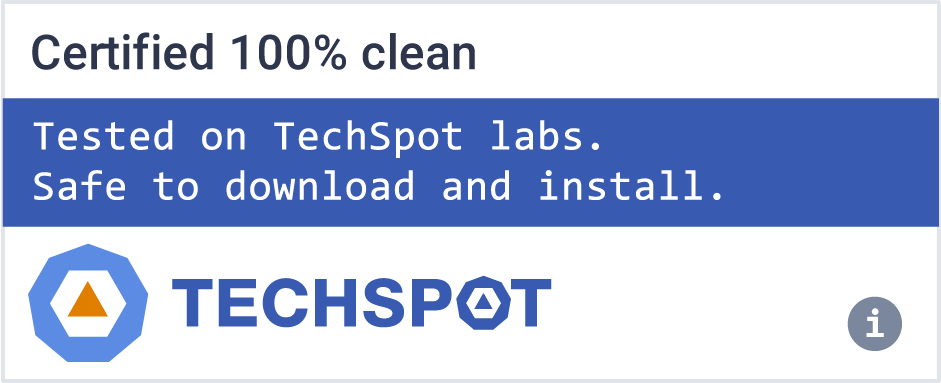Drupal is a powerful new suite of tools, and the strongest link in your new content supply chain. Interact with countless applications, thanks to REST-first native web services. Use progressive decoupling to break free from back-end restrictions without sacrificing security and accessibility. Deliver faster, with enhanced entity caching and better integration with CDNs and reverse proxies. With Drupal, you can build almost any integrated experience you can imagine.
Features
Simplicity for editors
Turn great ideas into great experiences. Leave your desktop behind and create compelling content on more modern devices than ever. Work efficiently with better previews and drag-and-drop image uploads. And when you need to make quick changes, choose in-context editing and use only the tools you need.
Power for administrators
It's easier to customize components---views, lists, blocks, admin tools, and more---than ever before. Control how data is displayed without using a single line of code. Structure content with more field types, and add SEO-friendly meaning with native Schema.org markup. Make creating and managing content a great experience too.
Accessibility for everyone
Drupal ships with extensive support for accessibility standards, and not only for color contrast and font sizes. Semantic HTML5 helps you create interactions---even ones with dynamic content---that are more usable. Plus, Drupal now adopts more WAI-ARIA practices. You can make content structures easier to understand for people with disabilities.
Harmony in deployment
Fine-tune your configuration management with an all-new system. It's now much easier to move configuration changes between environments. That means better deployments and more sophisticated maintenance are at your fingertips. Build with precise control over the integrity of views, content types, user roles, and more. Store configuration data consistently, in a central place. The power to unleash it all is now a standard Drupal feature.
Proudly found elsewhere
Maximize Drupal's flexibility with object-oriented code and the latest PHP standards. Some of the best-known technologies are now part of Drupal. It depends on dozens of external libraries---like Composer, Guzzle, and Symfony2---so you can write and debug code faster, with more confidence. Say goodbye to PHPTemplate; rely on much more readable code when theming with Twig. And use simpler, more unified APIs to add power to your modules and themes.
What's New
New in Drupal 10.3
The third and final feature release of Drupal 10 ships with a new experimental Navigation user interface, stable Workspaces functionality, stable Single-Directory Components support, simplified menu editing, taxonomy moderation support, new recipe and access policy APIs and more.
New experimental Navigation module
The new Navigation module provides a redesigned collapsible, vertical navigation sidebar for the administrative user interface. Sub-menus open on a full height drawer that can accommodate deeper navigation levels. On smaller viewports, the toolbar is placed on top of the content, and opens with an overlay.
The Navigation module allows multiple types of customization, like adding new custom menus or changing the default Drupal logo provided. It also uses the Layout Builder module, so that site builders can easily add or reorder these menu blocks.
The Navigation module includes a new content creation and management menu, which allows quick access to content-related tasks to increase usability for content users.
Stable Workspaces module
The Workspaces module allows Drupal sites to have multiple work environments, enabling site owners to stage multiple content changes to be published all at once. It has long been available in Drupal core as an experimental module. Following the module's use in production sites, the remaining stable blocking issues have been resolved, so now it is available to all!
Workspaces are sets of content changes that are prepared and reviewed together. This is a differentiating feature for Drupal that is important for many large organizations' websites. An organization might use Workspaces to ensure all relevant content goes live simultaneously for a new product launch, or with the outcomes of sporting or election events.
Stable Single-Directory Components
Single-Directory Components (SDCs) are Drupal core's implementation of a user interface components system. Within SDC, all files necessary to render the user interface component are grouped together in a single directory. This includes Twig, YAML, and optional CSS and JavaScript. SDC support was added to Drupal core in 10.1 as an experimental module. The solution has been very well-received and is now part of the base system. No need to enable a module to use this feature.
Simplified content organization
Menu item editing is now simplified. Advanced options are displayed in a sidebar to help content editors focus on what is most important for the menu item. Taxonomy terms also now have both a dedicated user interface to edit earlier revisions and content moderation support.

